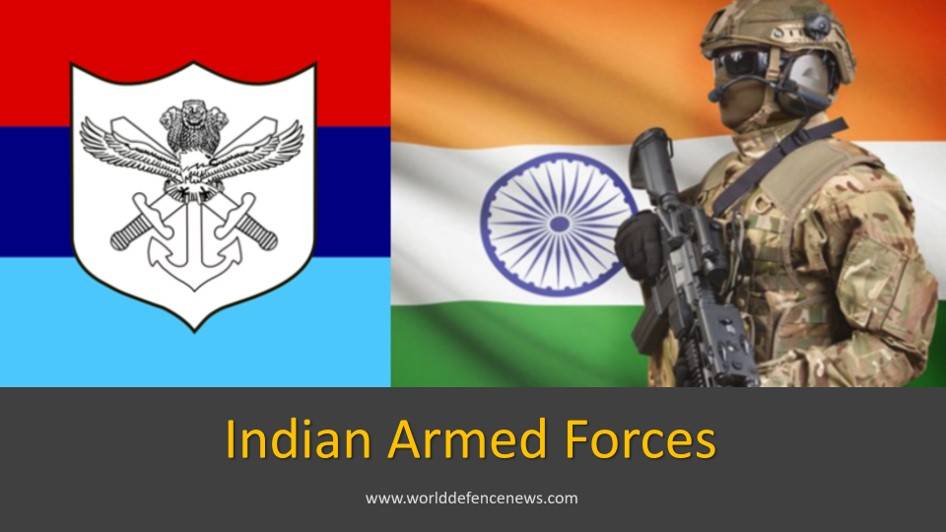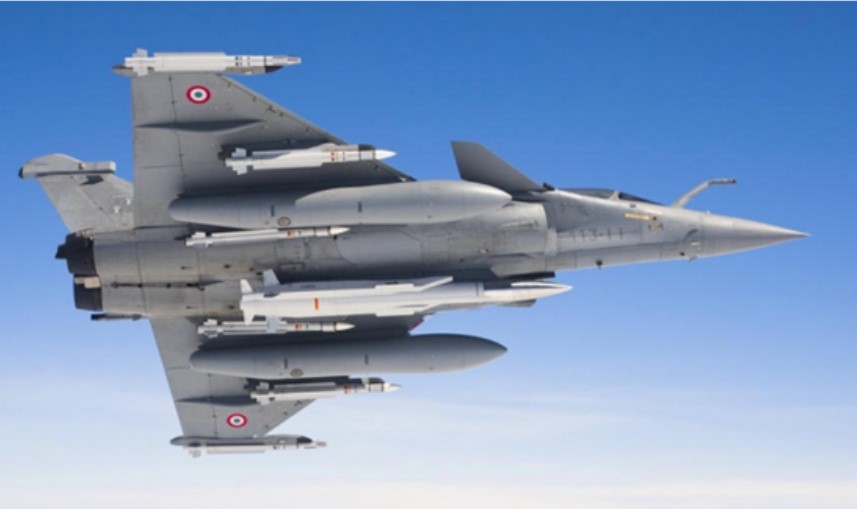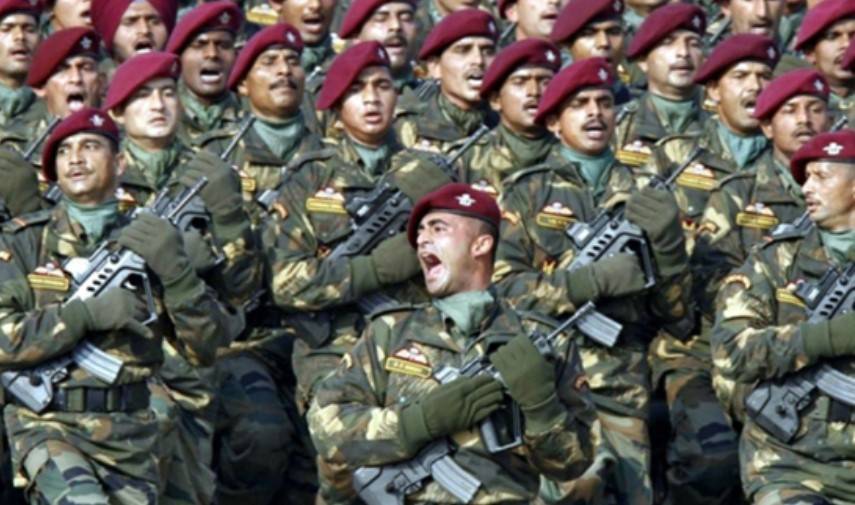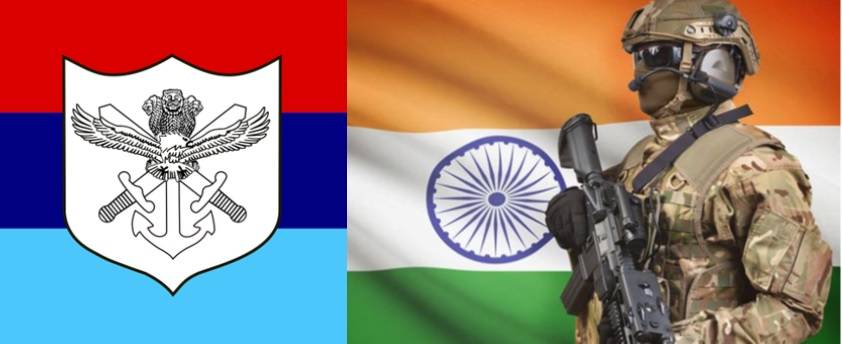
Indian Military
Indian Armed Forces
The Indian Armed Forces are the military forces of the Republic of India. It consists of three professional uniformed services, which include the Indian Army, Indian Navy, and Indian Air Force.
The main function of the Indian armed forces is to defend India’s territorial integrity and protect the country against any external aggression.
The Indian Armed Forces have earned an impeccable reputation by virtue of their performance, professional conduct, and glorious past track record.
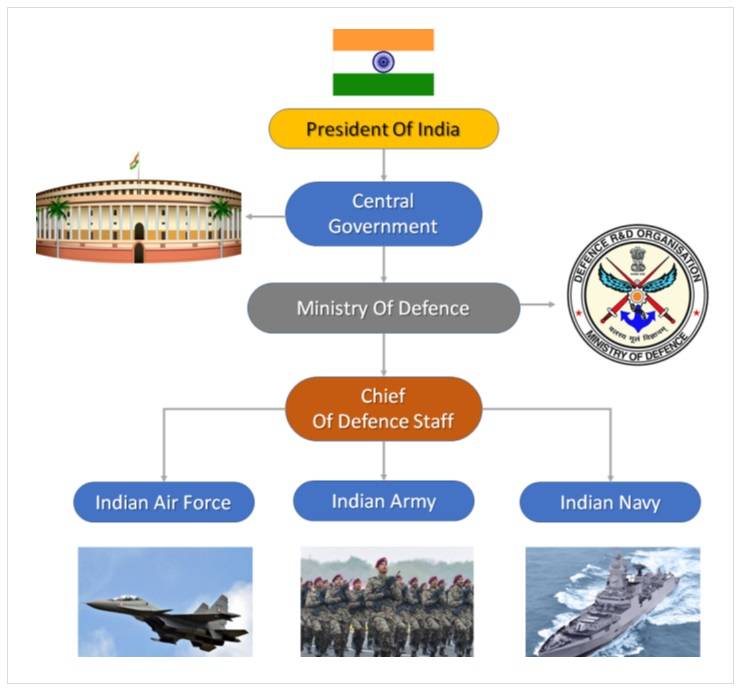
The President of India is the Supreme Commander of the Indian Armed Forces, although the Prime Minister of India and their Cabinet Ministers have executive authority and responsibility for national security.
The Indian Armed Forces are managed by the Government of India’s Ministry of Defence (MOD). It boasts the world’s second-biggest military force and the world’s largest volunteer army, with over 1.4 million active personnel.
It also boasts the world’s third-largest defence budget. According to the Global Firepower Index, it has the fourth most powerful military.
Indian Armed Forces
Indian Military General Information
Indian Armed Forces | Details |
Supreme Commander | President Of India |
Comes Under | Ministry Of Defence |
Service Branches | Indian Army, Indian Air Force , Indian Navy |
Operational Head | Chief Of Defence Staff |
Operational Head | Chief Of Defence Staff |
Active Personnel | 14,55,550 |
Reserved Personnel | 11,55,000 |
Global Fire Power Ranking | For 2022, India is Ranked 4 |
Indian Defence Budget | Rs. 525,166 crore (US$66 billion) |
Headquarter | MOD, South Block , New Delhi |
The Indian Armed Forces, under the command and control of the government of India, are responsible for defending and protecting the territorial integrity and security of the Republic of India against any external aggression or in the event of any armed conflict.
The Indian Armed Forces are also responsible for acting against any internal or external security threat as directed by the government of India. In certain situations, the government of the day is constrained to deploying the armed forces to deal with an internal security threat.
Similarly, the government of India has deployed the Indian armed forces to defend the country against external aggression. After its independence, the Indian armed forces successfully fought many wars against external aggression.
Some notable wars include the India-China wars of 1962 and 1967, the India-Pakistan wars of 1947, 1965, and 1971, the Kargil War of 1999, a surgical strike against terrorist camps in Pakistan by the Indian army in Uri in 2016, and an airstrike by the Indian air force in Balakot in 2019.
Indian Military Strength
Indian Armed Forces Strength
Indian Army | Strength | Indian Air Force | Strength | Indian Navy | Strength |
Tanks - MBT | 4614 | Total Aircrafts | 2263 | Total Naval Ships | 272 |
Armoured Vehicles | 8600 | Fighter Aircrafts | 173 | Aircraft Carriers | 2 |
Total Artillery | 3200 | Multirole Aircrafts | 405 | Destroyers | 12 |
Self Propelled Artillery | 300 | Attack Aircrafts | 120 | Frigates | 15 |
Rocket Artillery | 960 | Helicopters | 820 | Corvettes | 27 |
Attack Helicopters | 190 | Combat Drone | 48 | Submarines | 16 |
Amar Jawan Jyoti
National War Memorial Flame
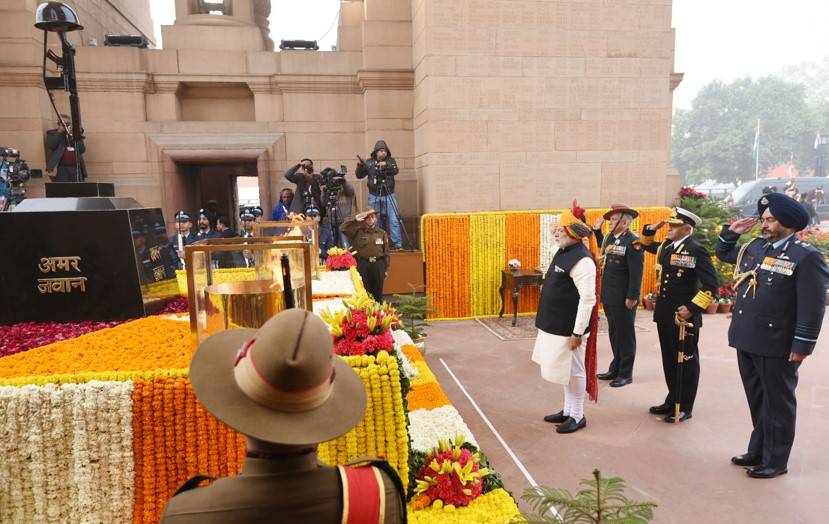
In addition to the armed forces, the non-combat forces also include the Central Armed Police Forces, Assam Rifles, Indian Coast Guard, and Special Frontier Force.
Indian military forces also include various inter-service commands and institutions such as the Strategic Forces Command, the Andaman and Nicobar Command, and the Integrated Defence Staff.
Indian Armed Forces
After the end of colonial British rule in 1947, India became independent and promulgated the Republic of India in 1950. The Indian armed forces had to face armed aggression during the pre-independence as well as post-independence eras.
From 2014 onwards, after a change of rule in India, Narendra Modi of the BJP became the prime minister of India. The Indian armed forces have gone through a massive transformation in terms of technology and weapons.
The Indian armed forces have consistently improved their ranking during the last decade in the Global Firepower Index, and they are ranked as the 4th strongest armed forces in the world.
The Indian air force is the third strongest air force in the world. IAF is an aviation wing of the armed force headed by four star general. The President of India is the Supreme Commander of the Indian air force. The Air Chief Marshal is the operational head.
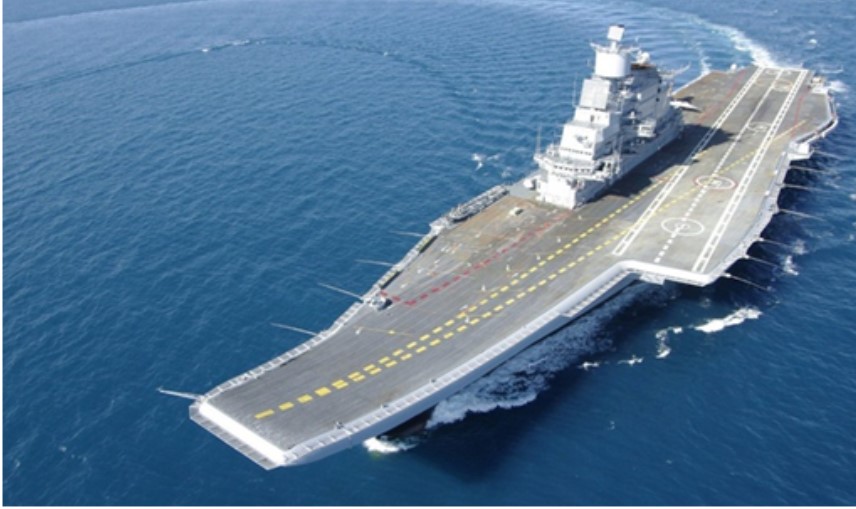
The Indian navy is the seventh largest navy in the world. It is a sea-based armed force headed by four star general. The President of India is the Supreme Commander of the Indian navy. The Chief of Naval Staff is the operational head of the Indian navy.
The Indian Army is the second largest army in the world. It is a land-based armed force headed by four star general. The President of India is the Supreme Commander of the Indian Army. The Chief of Army Staff is the operational head of the Indian army.
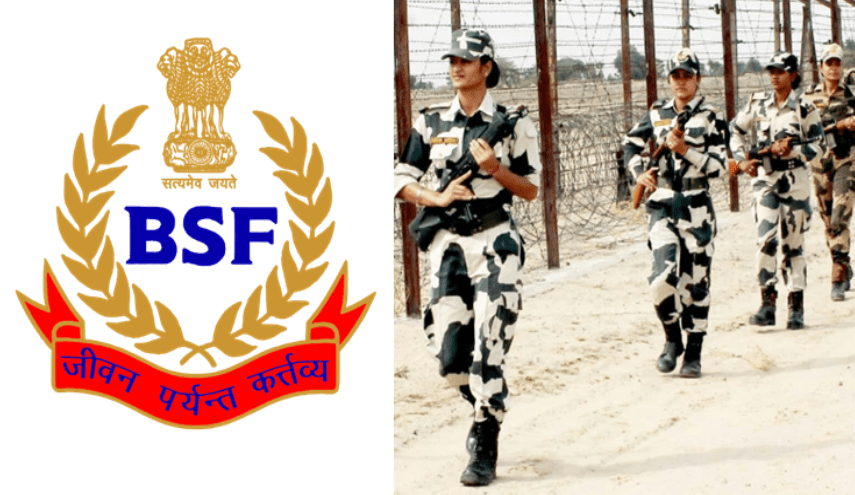
Border Security Force
The Border Security Force ( BSF ) is a part of central armed forces dedicated to protect the India’s international border. BSF is governed by Ministry Of Home Affairs And headed by IPS officer. The BSH was founded on 1st December 1965.
Learn More
History Of Indian Armed Forces
The history of the Indian Armed Forces dates back to ancient times, with references to military training and warfare found in the Vedas and the Mahabharata. The Indian Army was formally established under British colonial rule in 1895, with the formation of the Indian Army Service Corps.
During World War I, Indian troops played a significant role in the British war effort, with over one million Indian soldiers serving in the conflict. Indian troops also served in World War II, and India’s independence in 1947 led to the partition of the country and the creation of Pakistan.
The Indian Armed Forces were divided between India and Pakistan, with a large-scale reorganization of the military taking place in India. The Indian Army, Indian Air Force, and Indian Navy were formally established as separate entities, with the Indian Army becoming the largest standing volunteer army in the world.
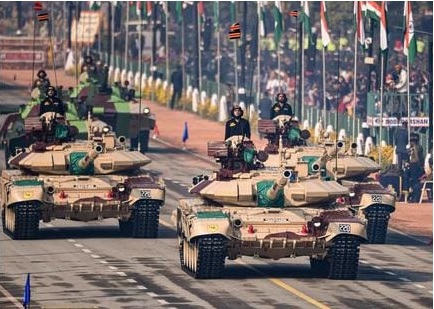
Since independence in 1947, the Indian Armed Forces have played a critical role in conflicts with Pakistan, including the Indo-Pakistani Wars of 1947-1948, 1965, and 1971. The Indian Army has also been involved in a number of internal conflicts, including fighting insurgency in the north-eastern states and, Jammu and Kashmir.
In recent years, the Indian Armed Forces have modernized their equipment and capabilities, with India becoming one of the world’s largest arms importers. India has also undertaken a number of military exercises with other countries, including the United States, Russia, and Japan, as part of efforts to strengthen its strategic partnerships and capabilities.
Indian National Army (INA)
Contribution Of Netaji Subhash Chandra Bose In Indian Freedom Struggle
Netaji Subhash Chandra Bose was one of the most prominent leaders of the Indian freedom struggle. His contribution to the independence movement was significant and he is considered a national hero in India.
Bose was a charismatic leader and a strong advocate of Indian nationalism. He was one of the first leaders to demand complete independence for India from British rule, and he played a key role in organizing mass movements against British imperialism.
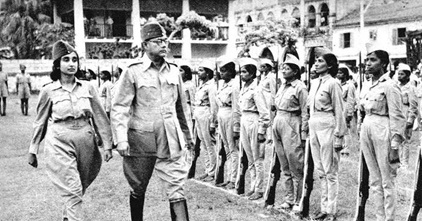
In 1928, Bose was elected as the President of the Indian National Congress and he launched a mass civil disobedience movement against the British. However, his differences with the Congress leadership led to his resignation from the party in 1939, and he formed the Forward Bloc, a left-wing nationalist organization.
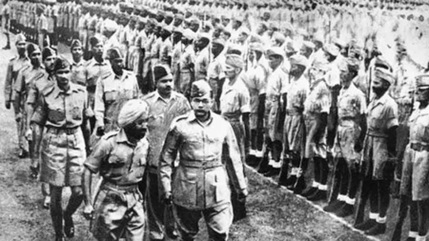
During World War II, Bose sought help from Axis powers like Germany and Japan to fight against the British. He formed the Indian National Army (INA) with Indian prisoners of war who had been captured by the Japanese in Southeast Asia. Bose became the Commander-in-Chief of the INA and led it in a series of battles against the British in Burma and India.
Bose’s slogan “Give me blood, and I shall give you freedom” inspired thousands of Indians to join the INA and fight for independence. The INA’s military campaigns were the main factor that compelled the British to exit from India. It also played a significant role in weakening the British Raj and raising Indian morale.
Bose’s contribution to the Indian freedom struggle continues to inspire generations of Indians. He is remembered for his fierce nationalism, his commitment to social justice, and his tireless efforts to secure India’s freedom from colonial rule. His legacy continues to shape India’s national identity and its ongoing struggle for economic and social progress.

